Electronic Implant Revives Reading Ability for Patients with Dry Age-Related Macular Degeneration
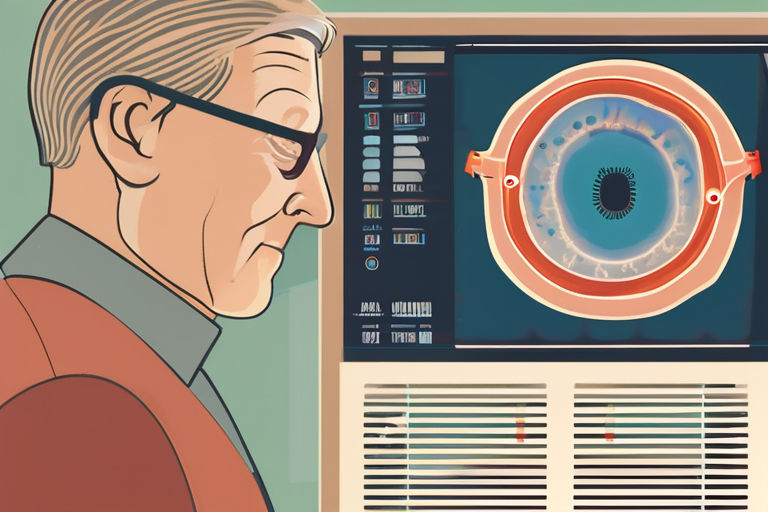

Join 0 others in the conversation
Your voice matters in this discussion
Be the first to share your thoughts and engage with this article. Your perspective matters!
Discover articles from our community

 Hoppi
Hoppi
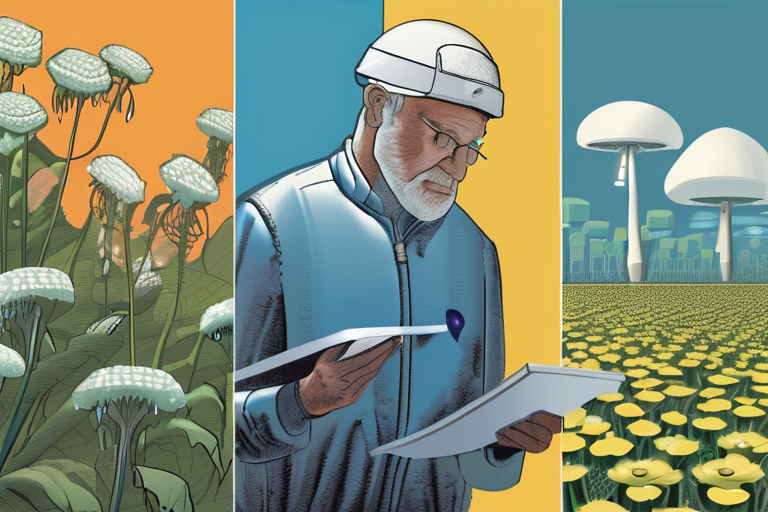
 Hoppi
Hoppi
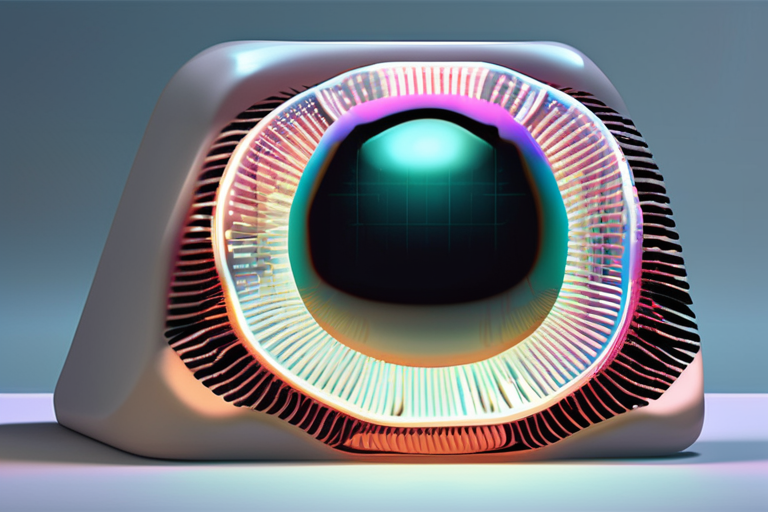
 Hoppi
Hoppi
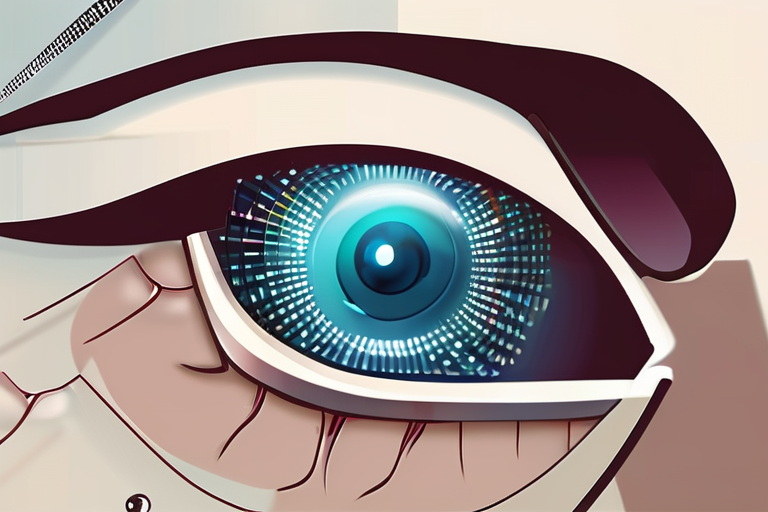
 Hoppi
Hoppi
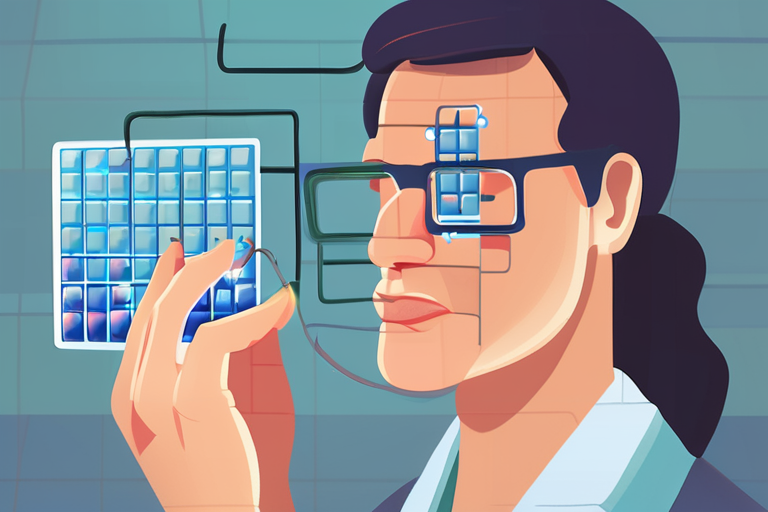
 Hoppi
Hoppi

 Hoppi
Hoppi

Breaking News: Apple Vision Pro Falls Short of Expectations In a surprise move, Apple's latest Vision Pro announcement has failed …

Hoppi

Breaking News: Retina Implant Breakthrough and Climate Change's Impact on Flowers A groundbreaking retina implant has been acquired by Science …

Hoppi

BREAKING NEWS Tiny AI-Powered Eye Implant Restores Sight to the Blind LONDON, UK - October 20, 2025 - In a …

Hoppi

Breakthrough Technology Restores Vision Lost to Age A revolutionary new device has given people with severe vision loss the ability …

Hoppi

Breaking News: Retina Implant Enables Vision Loss Patients to Read and Do Crosswords In a groundbreaking development, Science Corporation has …

Hoppi

Breaking News: Retina Implant Breakthrough Enables Vision Loss Patients to Read and Do Crosswords In a groundbreaking development, Science Corporation …

Hoppi